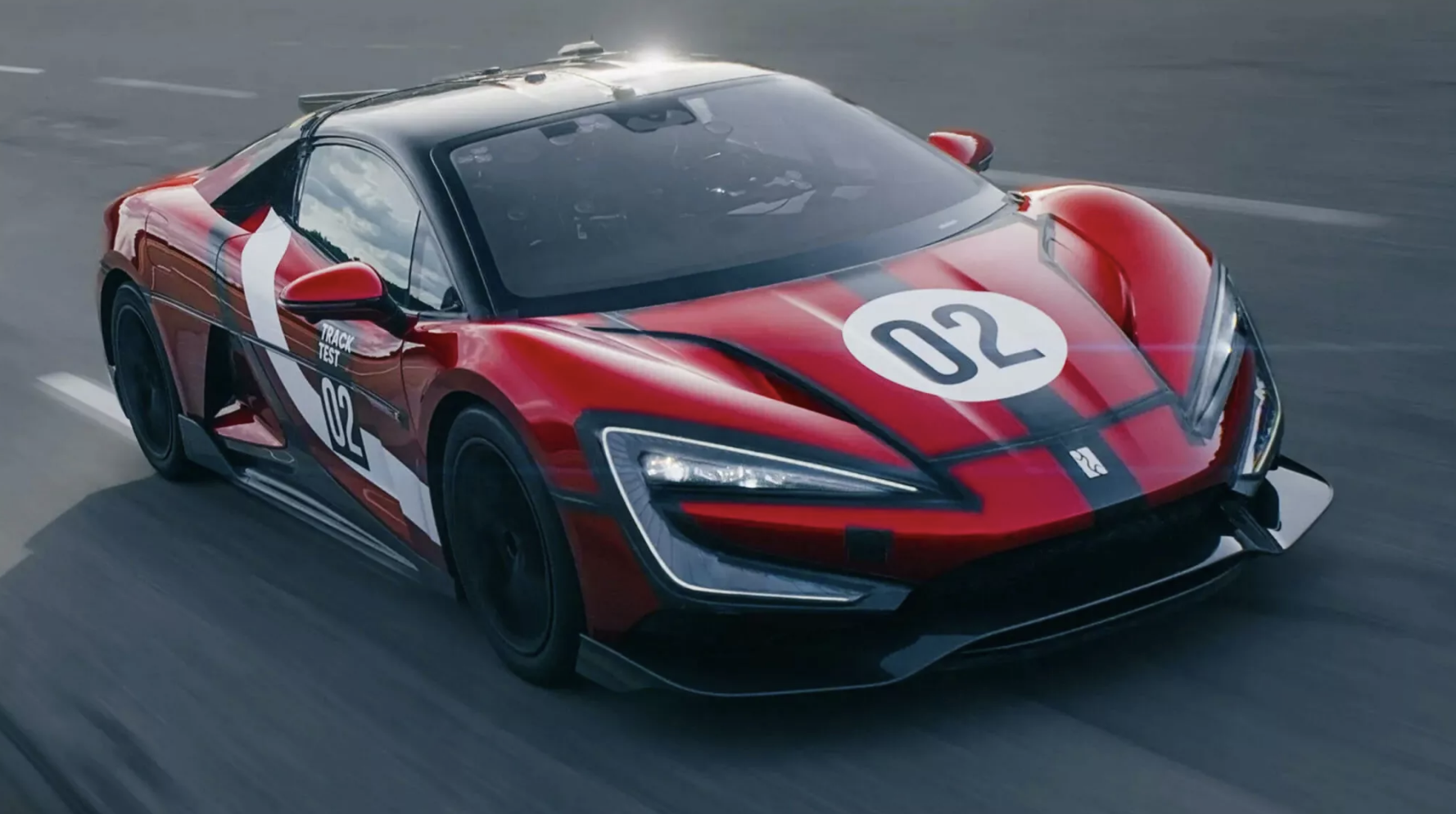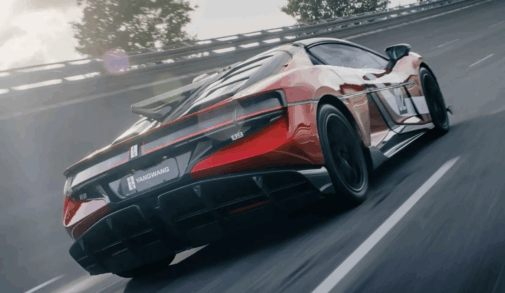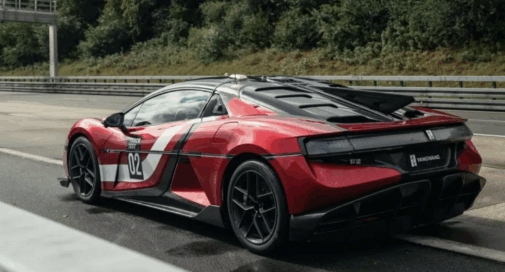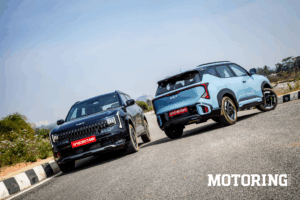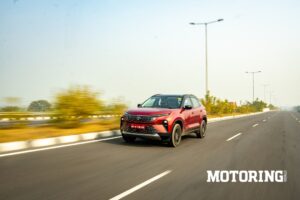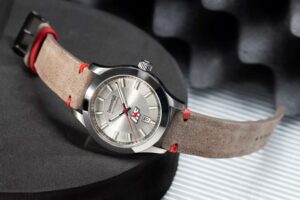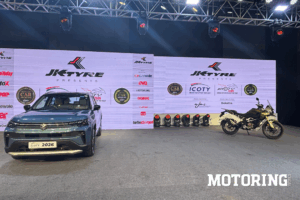In a historic moment for the automotive world, the title of the world’s fastest production car has been decisively wrested from European legacy manufacturers. The new champion is the YangWang U9 Xtreme, an all-electric hypercar from BYD’s luxury subsidiary, which achieved a staggering top speed of 496.22 kph. This feat dethrones the petrol-powered Bugatti Chiron Super Sport 300+, which held the record since 2019 with 490.5 kph.
The record-breaking run took place at Germany’s renowned Papenburg test track, with professional racer Marc Basseng behind the wheel. In a compelling twist of fate, Basseng was the same driver who piloted the Bugatti to its record five years prior, lending immense credibility to this new benchmark. The YangWang U9 Xtreme didn’t just excel in a straight line; it also became the first production car to post a sub-seven-minute lap time around the Nürburgring Nordschleife, clocking an astonishing 6:59.157.
This performance is rooted in a revolutionary engineering platform. The U9 Xtreme is the world’s first production car built on a 1,200-volt ultra-high voltage architecture, a significant leap over the 800-volt systems used in its predecessor and most current high-performance EVs. This allows for immense power transfer and drastically reduced charging times.
Powering this hypercar is a quad-motor setup of breathtaking potency, with each individual motor producing 555 kW. This combines for a total system output of over 2,237 kW, sent to all four wheels. This monumental power is managed by BYD’s pioneering Blade Battery technology—a high-density Lithium Iron Phosphate (LFP) unit renowned for its safety and stability. The battery and its associated thermal management system are engineered to handle power discharges 133 per cent higher than conventional systems, a critical factor in sustaining the extreme performance needed for a world record.
With production limited to just 30 units, the YangWang U9 Xtreme is as exclusive as it is revolutionary. Its success signals a seismic shift in the high-performance arena, proving that electric powertrains are not just the future, but are now decisively dominating the present.





